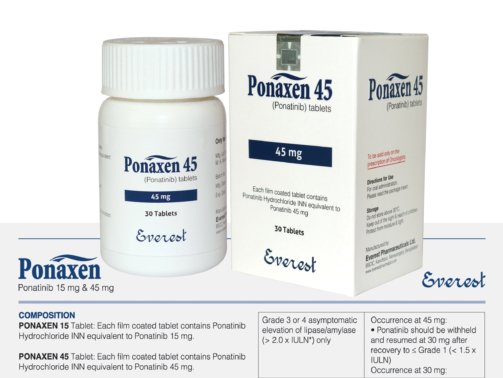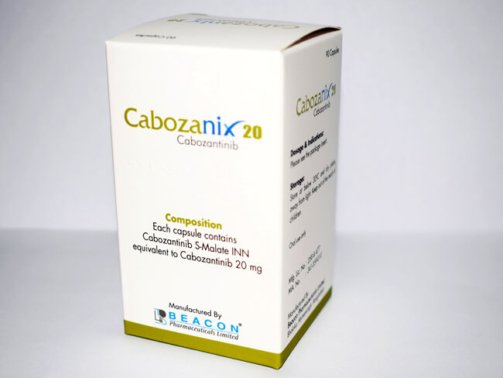Semaglutide 7 mg (Ozempic)
0.00$
The main purpose of semaglutide, an injectable prescription drug sold under the brand name Ozempic, is to treat type 2 diabetes in adults. It is a member of the class of medications called GLP-1 receptor agonists (glucagon-like peptide-1), which help control blood sugar levels by imitating the effects of an incretin hormone. Although Ozempic is not insulin, it significantly improves glycemic control when used in conjunction with insulin or other diabetes treatments. Instead of referring to a single-use vial or pen, the 7 mg dose usually refers to the entire weekly treatment.
Mechanism of Action:
Semaglutide lowers blood sugar levels after meals by imitating the effects of GLP-1, a hormone that the body naturally produces. It uses a number of methods to accomplish this:
raises insulin synthesis in the pancreas in reaction to elevated blood glucose levels.
lowers glucagon secretion, which in turn lowers the liver’s release of glucose.
lessens post-meal glucose increases by slowing stomach emptying.
promotes fullness, which suppresses appetite and often leads to weight loss.
Due to these characteristics, semaglutide can help patients manage their weight and improve their overall blood glucose control, both of which are advantageous for many people with type 2 diabetes.
Indications and Usage:
Semaglutide, also known as Ozempic, is recommended for:
improving glycemic control in persons with type 2 diabetes mellitus by treating the condition in addition to diet and exercise.
Off-label prescriptions for weight management may also be given to people with obesity or overweight issues, particularly if they are also linked to other health risks.
Please be aware that Ozempic is not authorized to treat type 1 diabetes or diabetic ketoacidosis, nor is it advised as a first-line treatment for type 2 diabetes.
Dosage and Administration:
Once a week, semaglutide is injected subcutaneously into the upper arm, belly, or thigh. To reduce gastrointestinal adverse effects, the dosage is usually started low and raised gradually. An example of a normal timetable might be:
For four weeks, start with 0.25 mg once weekly.
For a minimum of four weeks, increase to 0.5 mg once weekly.
The dosage may be progressively raised to 1 mg and, in certain situations, up to 2 mg each week, depending on the patient’s glycemic requirements.
The term “Semaglutide 7 mg” frequently refers to a pen that contains a total of 7 mg of medication, sufficient for several weekly doses, and dispenses 0.25 mg or 0.5 mg every dose.
Benefits:
Semaglutide has a number of noteworthy advantages:
Clinical research show that effective blood sugar control dramatically reduces HbA1c levels.
Weight Loss: Many patients lose weight, which can improve cardiovascular health and insulin sensitivity.
Cardiovascular Risk Reduction: In patients with type 2 diabetes and established heart disease, Ozempic has been proven to help lower the risk of significant cardiovascular events.
Convenient Dosing: Compared to daily drugs, once-weekly injections are less invasive and increase compliance.
Possible Side Effects:
Semaglutide 7 mg (Ozempic) may have adverse effects, particularly when starting or increasing the dosage, even though many people tolerate it well. Typical adverse effects consist of:
Feeling queasy
Throwing up
Having diarrhea
Constipation
Pain in the abdomen
Appetite loss
Rarely, severe adverse consequences could happen:
Pancreatitis manifests as nausea, vomiting, and severe stomach discomfort.
Gallstone risk may rise with gallbladder illness.
Thyroid cancers: Research on animals has indicated a possible danger of thyroid C-cell tumors, notwithstanding their rarity.
Dehydration brought on by frequent vomiting or diarrhea is typically the cause of kidney issues.
Regular patient monitoring is necessary, and any unexpected symptoms should be reported right once to a healthcare professional.
Precautions and Warnings:
It is not advised for those who have a personal or family history of multiple endocrine neoplasia syndrome type 2 (MEN 2) or medullary thyroid cancer.
People having a history of pancreatitis should be treated with caution.
Unless specifically instructed by their healthcare professional, patients should refrain from mixing with other GLP-1 receptor agonists or certain forms of insulin.
Because it has not been well investigated, use during pregnancy or lactation should be discussed with a physician.
Storage:
Olympic pens should be stored in the refrigerator between 36°F and 46°F (2°C and 8°C) before to their first usage. They can be kept for up to 56 days at room temperature (up to 86°F or 30°C) after use. Avoid freezing.
Conclusion:
With its strong glucose control, potential for weight loss, and cardiovascular advantages, semaglutide 7 mg (Ozempic) is an effective treatment for type 2 diabetes. It should be administered under medical supervision, taking into account the patient’s health status, comorbidities, and treatment objectives, just like any other medication. Adherence to the recommended regimen, lifestyle changes, and routine follow-ups can optimize the therapy’s advantages and reduce its hazards.
Order Now At Mdx Pharma bd….
To order from MDX Pharma BD, visit their website at https://mdxpharmabd.com, where you can browse products and place orders online. For inquiries or orders via email, contact emedicarepharma@gmail.com. Alternatively, call (+88) 01929123476. Their address is 29, Abdullahpur, Uttara, Dhaka-1230, Bangladesh.
1. What is the purpose of semaglutide 7 mg (Ozempic)?
The main purposes of Ozempic (semaglutide) are to help adults with type 2 diabetes better control their blood sugar levels and to lower their risk of serious cardiovascular events like heart attacks or strokes.
2. Is a dose of 7 mg typical for Ozempic?
Weekly dosages of 0.25 mg, 0.5 mg, 1 mg, and 2 mg are typically available for Ozempic. A 7 mg dose is not a typical Ozempic dose; you may be mistaken for Rybelsus, which is semaglutide’s oral form and also comes in a 7 mg tablet.
3. How should 7 mg of semaglutide (Ozempic) be taken?
Regarding Ozempic, it is injected subcutaneously once a week, usually in the thigh, abdomen, or upper arm.
4. Is the purpose of semaglutide 7 mg weight loss?
Although Ozempic isn’t formally approved for weight loss, many people report that it helps them lose weight. The FDA has approved Wegovy, a comparable medication that contains semaglutide, at greater dosages (2.4 mg per week) for the treatment of chronic weight loss.
5. What adverse effects does semaglutide frequently cause?
Nausea, vomiting, diarrhea, constipation, and decreased appetite are examples of common adverse effects. As your body adapts, these frequently becoming less severe over time.
6. What is the duration of action for semaglutide?
Although full therapeutic results may take 8–12 weeks, some patients may experience an improvement in their blood sugar levels in the first several weeks.
| Generic Name: | Semaglutide |
|---|---|
| Theraputic Category: | Anti-diabetic |
| Pack Size: | 1×10's |

 Cart is empty
Cart is empty 



